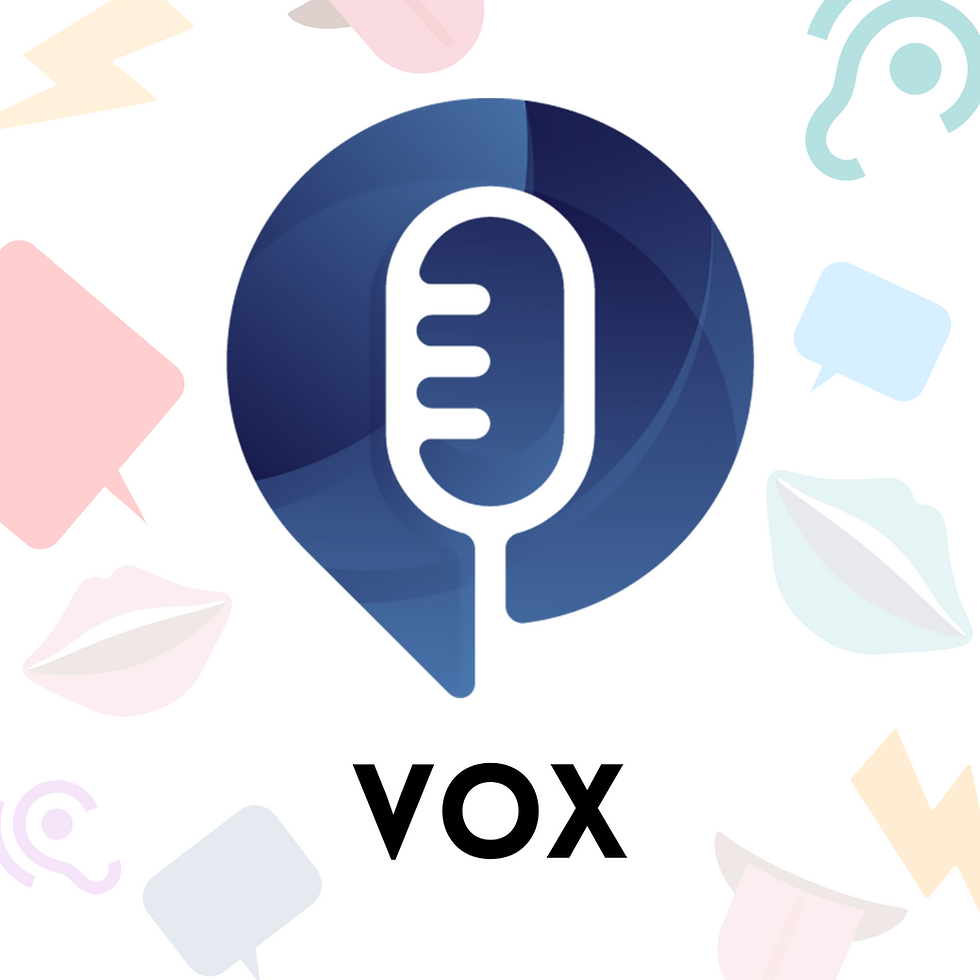Chaire Internationale 2022 : Naomi NAGY "What can heritage languages tell sociolinguists".
- Labex EFL

- 9 mars 2022
- 2 min de lecture
Dernière mise à jour : 7 avr. 2022

Nous sommes honorés de recevoir la professeur Naomi Nagy (Toronto University) pour une série de quatre séminaires dans le cadre de notre Chaire Internationale 2022.
Les séminaires auront lieu à l'université de Paris, bâtiment Olympe de Gouges, 8 place Paul Ricoeur, 75013 Paris :
- le mardi 12 avril / 17h-19h salle 153
- le vendredi 15 avril / 15h30-17h30 salle 153
- le jeudi 21 avril / 14h-16h salle 255
- le vendredi 22 avril / 15h30-17h30 Salle 153
Pour plus d'informations sur le projet HLVC, vous pouvez visionner la vidéo dont le lien s'affiche ci-dessous :
Abstract :
We will explore recent findings from variationist sociolinguistics, a quantitatively-grounded empirical approach to understanding connections between synchronic variation and diachronic change in spoken language. We will examine outcomes from a comparative study of ten heritage languages (unofficial languages acquired at home in immigrant-based communities). These languages, all spoken in Toronto, Canada, differ typologically, culturally and demographically. Thus, comparison provides insight into how the linguistic ecology affects languages. Unlike many experimental studies of heritage languages that show them to be deficient or “attrited” in comparison to homeland (monolingual) varieties, this approach shows the phonetic and grammatical production of heritage-language speakers to be quite similar, in terms of both the rate of use of competing variants and the factors which condition the variation.
Seminar 1: Variationist Sociolinguistics: Methods and Principles
Quantitative analysis of large datasets from corpora of conversational speech has been productively used in linguistics, particularly for understanding synchronic variation, both intra- and inter-speaker, in monolingual communities. I will introduce the methods of variationist sociolinguistics and outline some of the main findings that have led to “sociolinguistic universals,” albeit based primarily on studies of English.
Seminar 2: Language contact – what are some testable theories?
Recent responses to two questions will be examined: (1) How do we recognize change due to contact (vs. internal change or universal tendencies)? (2) What parts of language are more susceptible to change? what levels? similar parts? salient/marked parts? different types of morphology? different phonetic features?... Students will be asked to design a thought-experiment to test some specific hypothesis in this domain, using data from spontaneous speech corpora.
Seminar 3: Adapting Variationist Sociolinguistics to lesser-studied languages
This seminar will describe how variationist methods can be adapted, by extending sociolinguistic training to heritage-language-speaking students, in order to collaboratively examine a wider range of languages. I will show how these methods have been adapted for the Heritage Language Variation and Change in Toronto Project (ngn.artsci.utoronto.ca/HLVC). Outcomes, some of which confirm and some of which contradict the “universals” of variationist sociolinguistics, will be discussed.
Seminar 4: Hands-on coding and analysis
"It should be stressed that the results we obtained...are not meant to be independent of this particular set of languages. In other language pairs, quite different factors may turn out to be operant, depending on sociolinguistic factors and different contrasting typological properties."
(van Hout & Muysken 1994:61, Modeling lexical borrowability in LVC)
With this quote as guiding motivation, we will work with transcribed speech data in ELAN (from the HLVC Project or as provided by students) to analyze a few linguistic variables and see how they are conditioned. Guidelines for preparatory “homework” will be provided ahead of time.




Commentaires